Everybody has a high-yield savings or checking account paying 4% or more, right? Here are a few other ways to maximize your bank balances and therefore your interest earned.
Stop withholding too much of your taxes
Did you get your tax refund? If so, that means you withheld too much on your paychecks last year. To fix that for this year, you should consider underwitholding your taxes for profit. You can control your withholding amounts by increasing the number of allowances on your W-4. To see the effects of doing so ahead of time, use the calculators at PaycheckCity.
The easiest rule of thumb to avoid any underpayment penalties, if your income will increase, is to simply pay as much taxes this year as you did last year. Since you don’t have to pay in full until April 15th, putting off $4,000 in taxes until it’s due can earn you over $100 in extra interest.
Pay down even small credit card balances
According to recent Federal Reserve study1, many household still carry small balances of a thousand dollars, even though they have the cash available in savings accounts to pay it off. Perhaps people feel that there is safety in having that extra money in the bank, but in reality credit card can be part of your emergency strategy, especially if you already have balances now. You can pay a variety of critical bills with credit cards now – hospital charges, car repairs, groceries, and more. Paying 15% in interest to the credit card companies while only earning 5% in the bank is a losing proposition, and may result in losing hundreds of dollars a year.
If anything, you should flip this in your favor and borrow at 0% and earn 5% from the bank on that money.
Maximize the float on your credit cards
Another benefit of paying your bills in full is that you get the grace period, which is the period between the end of your statement is generated and when the payment is actually due. During this time (about 20-25 days), you don’t have to pay any interest on your balance in addition to the time you have gotten during the billing cycle. Therefore, I like to use Online Billpay to schedule my credit card payment until very close to the due date.
Here is an example using my WaMu account setup (using the Checkfree Billpay system used by many other banks). If you have $1,500 due on June 29th, I will set my checking account to pay by June 28th (Deliver-by date, with 1 extra day of buffer). Then, I just schedule a future transfer from savings to checking of $1,500 on June 24rd, which is the earliest day which the money may be debited (Start on date). That way, my money is staying in my 5% savings account as long as possible. All in all, very little extra time involved as compared to simply paying the bill online. If you’re just starting this out, you may want to set it with a larger buffer times.
If you have a card issued by FIA (formerly MBNA), some people extend this even further by using the BillPay offered by some FIA cards, which allow you to pay certain bills by putting the balance on your credit card. You aren’t actually paying via credit card so you don’t earn any cashback or rewards, but you can get several more days of interest-free, or “float”, time.
If used together to keep your balances high, these strategies can add hundreds of dollars to your bottom line each year.
1Source and reference: SmartMoney magazine article 7 Money Mistakes to Avoid (only partially available online).
 I don’t mean to be a downer on this holiday, but I still want to point out the results from CareerBuilder.com’s 2007 annual Father’s Day survey of full-time working fathers:
I don’t mean to be a downer on this holiday, but I still want to point out the results from CareerBuilder.com’s 2007 annual Father’s Day survey of full-time working fathers: We ended up getting a huge Macy’s gift card for our wedding three years ago, and were dismayed when we realized that after 2 years it had died with about $100 still on it. The problem was that for a long time the closest Macy’s was an hour’s drive away, and every time we went we wanted to spend it all, but just couldn’t bring ourselves to buy junk we really didn’t need. The card had been sitting in my desk gathering dust until I remembered that gift cards and certificates aren’t allowed to expire in California. So I sent the card to my friend in San Francisco, they brought it into Macy’s, and after a quick phone call by the clerk a brand new gift card was re-issued. It was resurrected! I let her use it. 🙂
We ended up getting a huge Macy’s gift card for our wedding three years ago, and were dismayed when we realized that after 2 years it had died with about $100 still on it. The problem was that for a long time the closest Macy’s was an hour’s drive away, and every time we went we wanted to spend it all, but just couldn’t bring ourselves to buy junk we really didn’t need. The card had been sitting in my desk gathering dust until I remembered that gift cards and certificates aren’t allowed to expire in California. So I sent the card to my friend in San Francisco, they brought it into Macy’s, and after a quick phone call by the clerk a brand new gift card was re-issued. It was resurrected! I let her use it. 🙂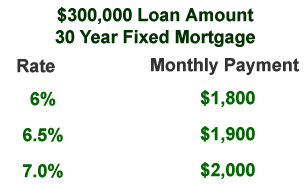
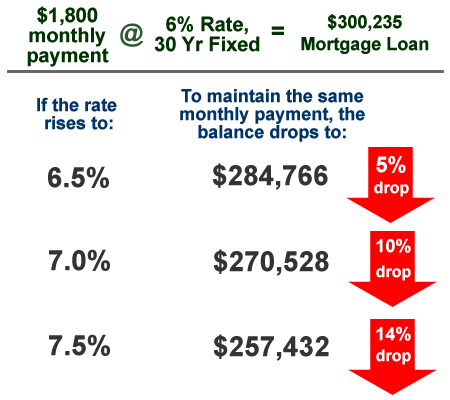
 After doing my research, I ended up opening a
After doing my research, I ended up opening a  Recently, my friend Yogin told me about a website called Farecast.com. It’s actually been around for a while now but somehow I’ve missed it… so maybe you have as well. There’s basically two parts to the website that are unique. Let’s say I’m planning a trip from Portland to San Francisco on 7/25-8/1. First they provide me the lowest fare history, which charts the lowest fare for your trip for up to the last 90 days:
Recently, my friend Yogin told me about a website called Farecast.com. It’s actually been around for a while now but somehow I’ve missed it… so maybe you have as well. There’s basically two parts to the website that are unique. Let’s say I’m planning a trip from Portland to San Francisco on 7/25-8/1. First they provide me the lowest fare history, which charts the lowest fare for your trip for up to the last 90 days: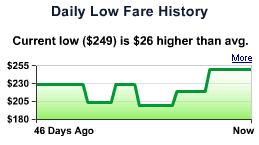

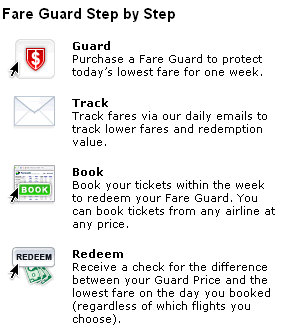

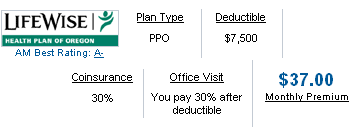
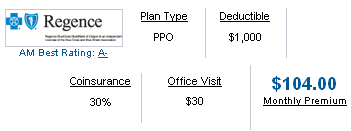
 Ironically, I was just talking to a friend about how they planned to quit their corporate job and wander around the world for a while, working odd jobs like ski resort seasonal worker, bartender, or barista. Being the ever-practical geek, I pointed out that she should be sure to buy some health insurance or use COBRA. “I’ll just be real careful”, was the dreaded reply. Careful only gets you so far… (And I’m still waiting on my stone to pass!)
Ironically, I was just talking to a friend about how they planned to quit their corporate job and wander around the world for a while, working odd jobs like ski resort seasonal worker, bartender, or barista. Being the ever-practical geek, I pointed out that she should be sure to buy some health insurance or use COBRA. “I’ll just be real careful”, was the dreaded reply. Careful only gets you so far… (And I’m still waiting on my stone to pass!) The Best Credit Card Bonus Offers – March 2024
The Best Credit Card Bonus Offers – March 2024 Big List of Free Stocks from Brokerage Apps
Big List of Free Stocks from Brokerage Apps Best Interest Rates on Cash - March 2024
Best Interest Rates on Cash - March 2024 Free Credit Scores x 3 + Free Credit Monitoring
Free Credit Scores x 3 + Free Credit Monitoring Best No Fee 0% APR Balance Transfer Offers
Best No Fee 0% APR Balance Transfer Offers Little-Known Cellular Data Plans That Can Save Big Money
Little-Known Cellular Data Plans That Can Save Big Money How To Haggle Your Cable or Direct TV Bill
How To Haggle Your Cable or Direct TV Bill Big List of Free Consumer Data Reports (Credit, Rent, Work)
Big List of Free Consumer Data Reports (Credit, Rent, Work)